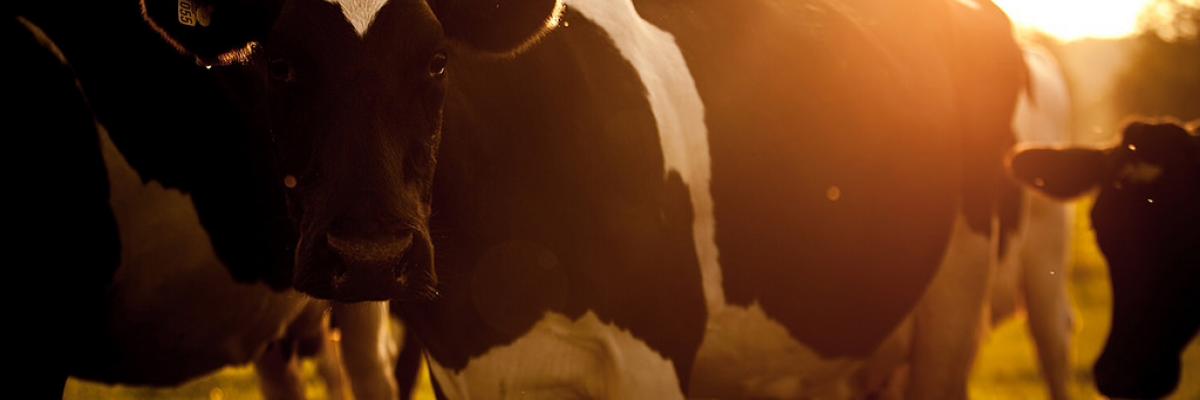

Organic versus non-organic: Dairy
A new evaluation of nutritional difference
Download the PDF
This booklet presents findings of new research from Newcastle University that shows that organic dairy produce is nutritionally different to non-organic. The findings, published in the British Journal of Nutrition in February, concluded that organic dairy contains about 50% more beneficial omega-3 fatty acids than conventionally produced products. Analysing world-wide data, the study reviewed 196 papers on milk.
The booklet describes the research, explains what makes it different to previous research, and includes key findings, how organic standards affect milk quality, how the nutritional quality of organic milk can be improved further, and information on omega-3 fatty acids and iodine.
It explains that the research highlights that organic milk and dairy contains more beneficial conjugated linoleic acid (CLA) and slightly higher levels of iron, Vitamin E and some carotenoids, but less iodine, and that nutritional differences between organic and non-organic are primarily due to feeding.
- Organic dairy produce contains about 50% more beneficial omega-3 fatty acids than conventionally produced products. Western diets are deficient in these omega-3s and it is recommended that we double our intake.
- Organic milk contains less iodine but the study shows it has 40% more conjugated linoleic acid (CLA), which has been linked to health benefits. It also has slightly higher concentrations of iron, Vitamin E and some carotenoids.
- The research supports the view that the quality of milk is influenced by the way it is produced. Under organic standards, cows must eat at least 60% fresh grass, or conserved hay/silage. Livestock must also be reared outdoors for at least part of the year.
- These feeding regimes and the low use of concentrate feeds are identified as reasons for the difference between organic and non-organic milk composition.
- The ‘Finding out more’ section of the booklet directs you to where you can read the full paper and access the database that was used for the analysis.
